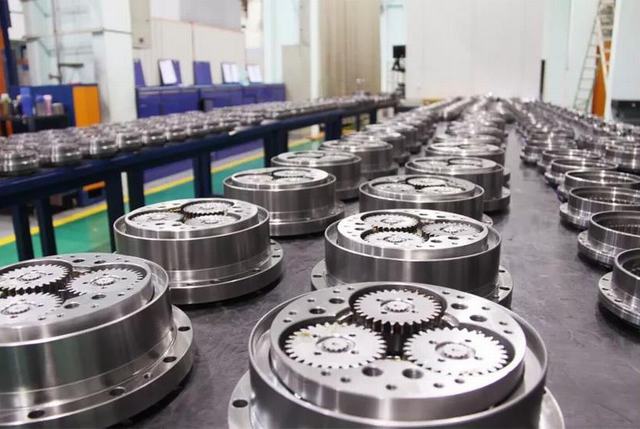
Analysis of Oil Leakage of Robot RV Reducer at Present
1. The specific reasons for oil leakage in RV reducers are as follows:
1) During the operation of RV reducers, the frictional heat of the reducer increases due to the influence of ambient temperature. If there are no ventilation holes or if they are blocked, the internal pressure gradually increases, resulting in oil leakage through gaps due to the maximum pressure difference with the external pressure.
2) Unreasonable design of RV reducer structure:
a) The inspection well cover plate is too thin, and it is prone to deformation after tightening the bolts, resulting in uneven contact surfaces and oil leakage gaps.
b) During the manufacturing process of the reducer, if the castings are not annealed or subjected to aging treatment to eliminate internal stress, deformation is necessary to eliminate leakage.
c) Lack of oil tank return, causing lubricating oil to accumulate in shaft seals, end covers, and contact surfaces. Under pressure differential, leakage occurs through gaps.
d) The design of the shaft seal structure in RV reducers is unreasonable. In the early stage, oil grooves were used, and when assembling the segmented shaft seal structure, if the contact between the shaft neck and the shaft seal is not ideal, the felt compression seal fails within a short period of time. Since there are oil return holes in the groove, they are prone to blockage.
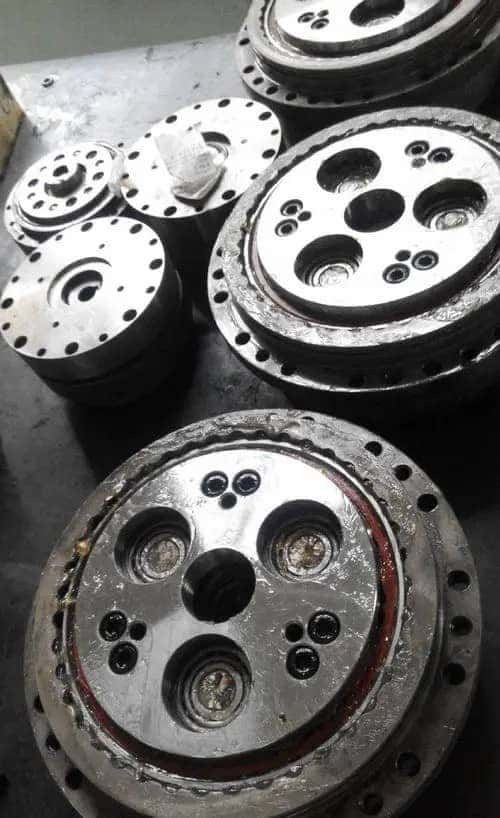
2. Excessive agitation of the oil tank during operation causes lubricating oil to splash onto various parts of the machine. If there is too much fuel, a large amount of lubricating oil accumulates in the shaft seals, contact surfaces, etc., resulting in leakage.
3. Improper cleaning of the contact surfaces or improper selection of sealing materials during equipment maintenance can cause oil leakage.
Countermeasures for oil leakage in reducers:
1. The main cause of oil leakage is the internal pressure being greater than the external pressure. To prevent oil leakage, the machine can attempt to balance the internal and external pressures of the reducer. An oil cup-type breathable cover has been developed, eliminating the need to open the inspection well cover every time, which increases the possibility of oil leakage. The breathable cover is equipped with a small hole, but it is prone to blockage by coal powder and oil contamination. Therefore, improvements have been made by welding the oil cup-type breathable cover with a diameter of 6 mm onto the cover plate, allowing ventilation, pressure equalization, and refueling without opening the cover plate, reducing oil leakage.
2. The inspection well cover plate has been changed to a thickness of 6 mm to accommodate the oil cup-type breathable cover welded onto it. The outlet diameter is 6 mm, facilitating ventilation, pressure equalization, and refueling without the need to open the cover plate, thereby reducing oil leakage. To prevent excess lubricating oil from accumulating on the shaft seals, it is necessary to ensure smooth flow of excess lubricating oil back to the oil tank. This can be achieved by creating a return oil groove in the middle of the lower bearing bushing and directly opening a groove on the end cover for oil return, allowing unnecessary lubricating oil to flow through the groove and return oil groove.
3. Improved shaft seal structure:
a) An improved output shaft seal half-axis for RV reducers, such as belt conveyors, screw conveyors, impeller coal feeders, reducers, etc., is designed to be detachable with a detachable coupling and removable end cover. Based on the frame size that matches the oil seal, the original outer end cover groove is moved to the outer end cover, and when installing the spring, an oil seal skeleton is placed on one side of the spring. If the distance between the end cover and the inner end of the coupling is more than 35 mm, a detachable oil seal can be installed on the outer side of the end cover. Once the oil seal fails, the damaged oil seal can be eliminated, and the seal between the driving end cover and the coupling is cut off, saving the disassembly process and separating the coupling when disassembling the RV reducer.
b) If the output shaft of the RV reducer is not coupled with the transmission shaft, according to the variation of the working load in 2.3.1, the installation process is simplified, and the split end cover is not practical when installing the sealing ring. The oil seal is ruptured in an open form, and the oil seal sleeve is fitted on the open shaft, with the opening in contact with adhesive, and then installed on the spring and pushed onto the end cover.
4. New sealing materials can be used for sealing and repairing leaks in fixed-point reducers. If oil leakage occurs during the sealing process of fixed-point reducers, it can be combined with emergency repair agents.
5. During the maintenance of gear reducers, strict adherence to operating procedures is necessary. The oil seals must not be reversed, the flanges must not be damaged, the outer edges must not deform, the springs must not come off, the contact surfaces must be cleaned, and the oil leakage should be uniform and should not exceed the level of oil contamination.
6. RV reducer static sealing points have been treated and generally do not leak. However, due to aging of the sealing components, poor assembly quality, and high surface roughness, minor leaks may still occur. As the working environment is harsh, coal dust adheres to the shaft, resulting in oil blockage. Therefore, the equipment needs to be cleaned and the oil residues on the shaft wiped off after processing.

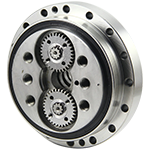
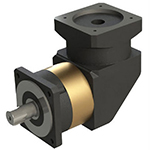
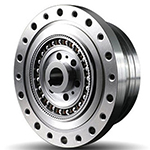



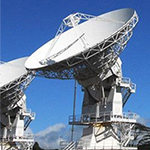
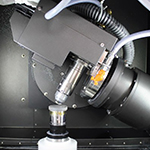
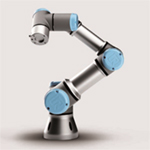
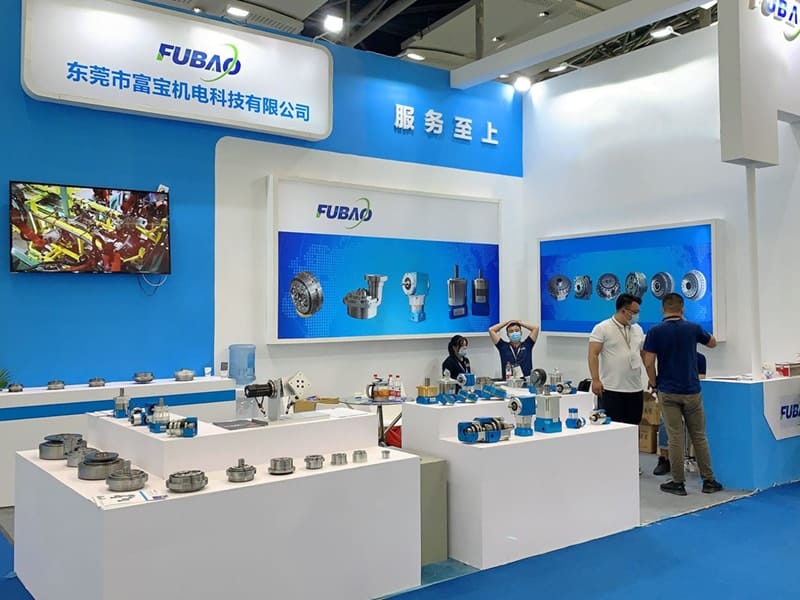
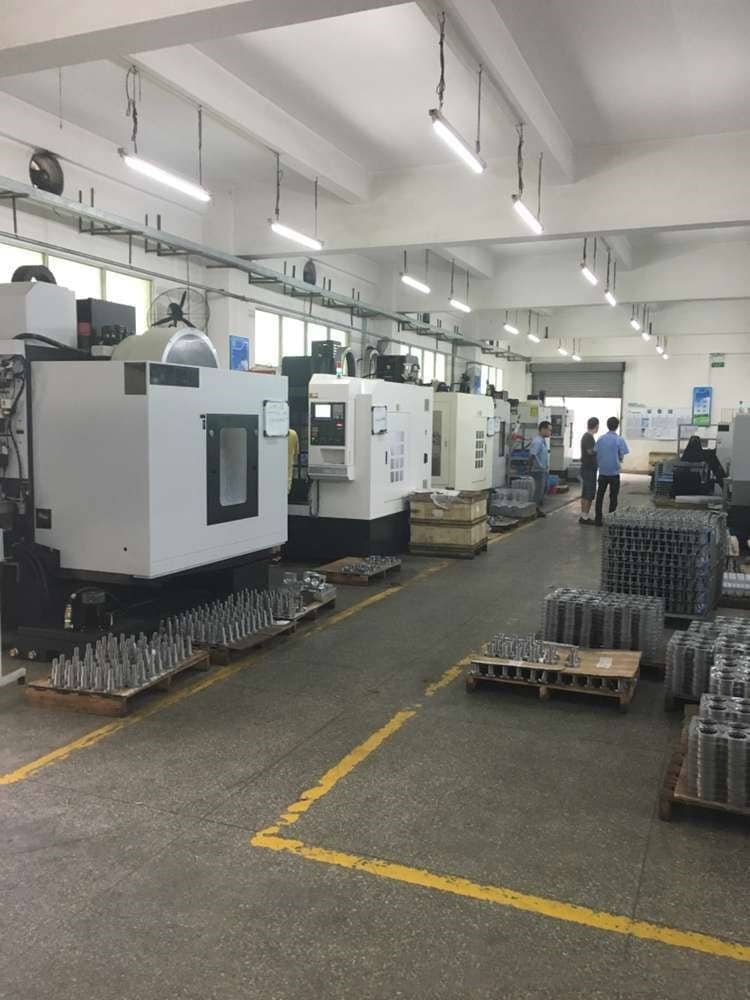
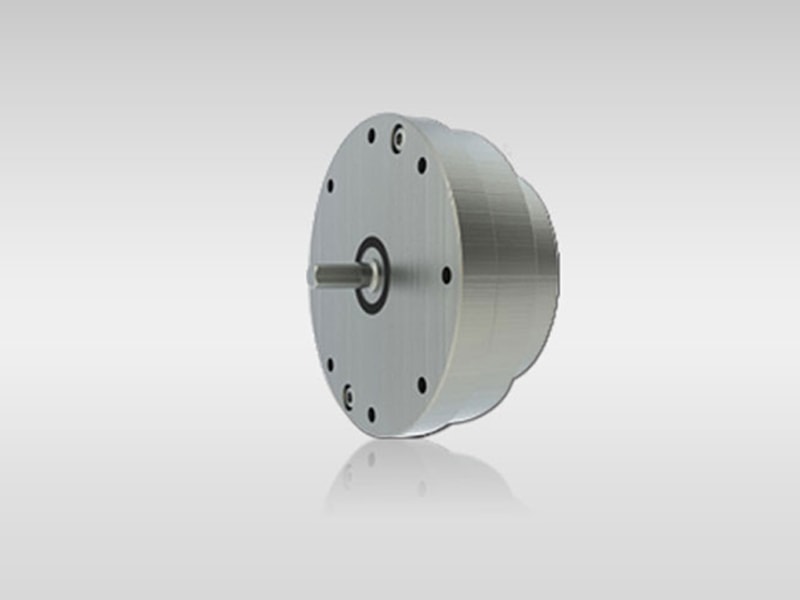
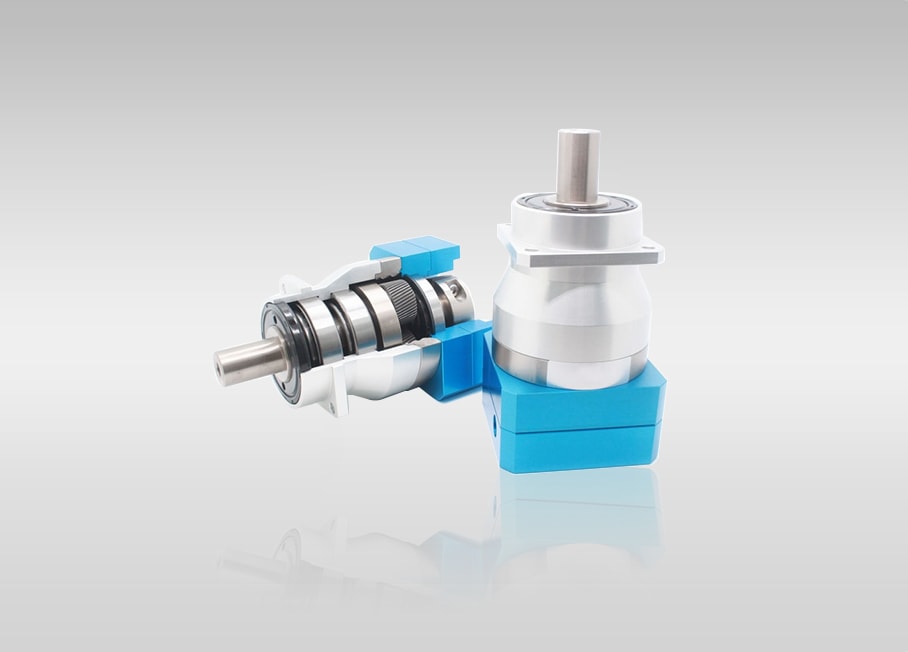
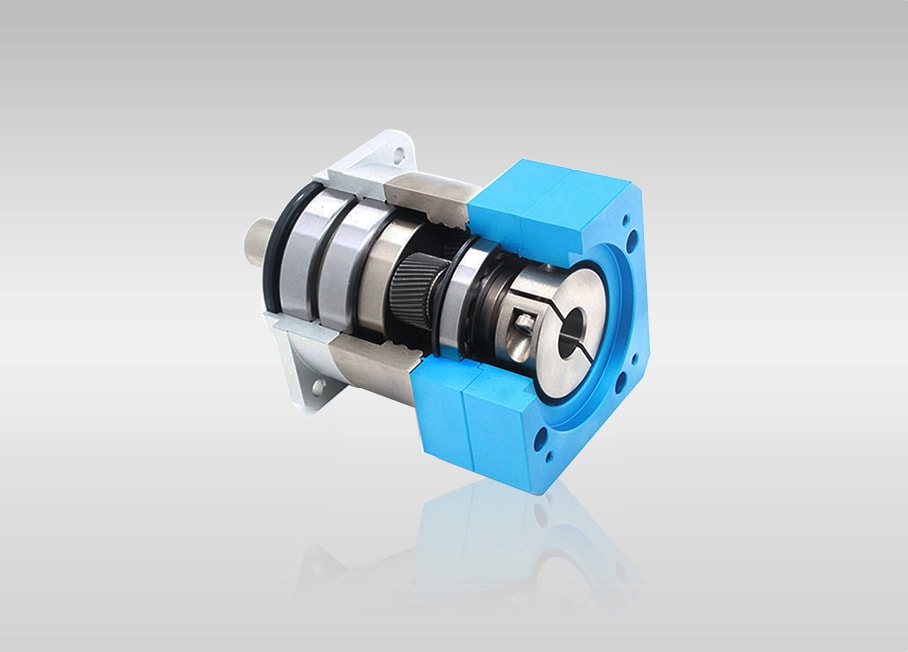
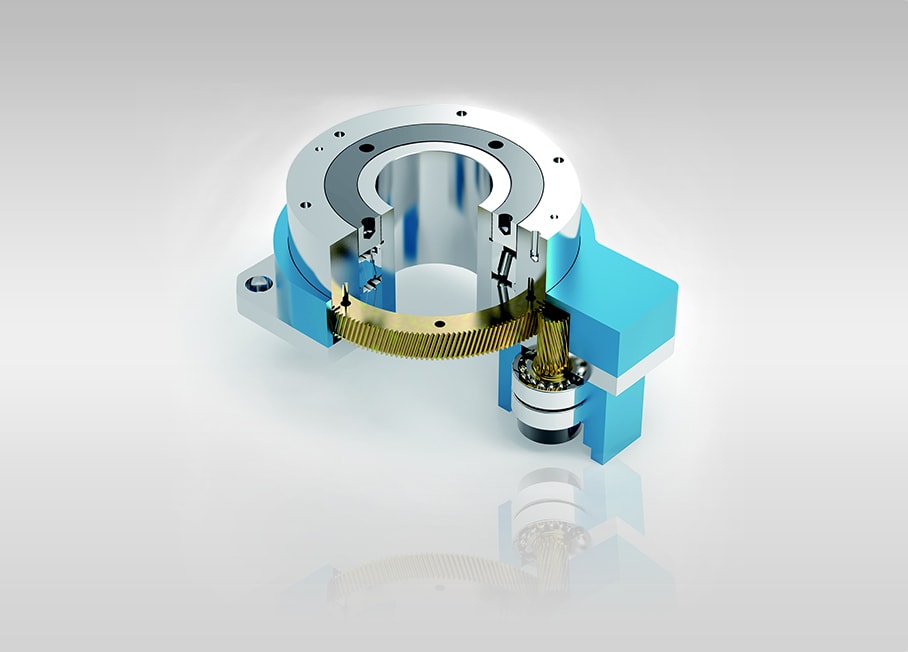
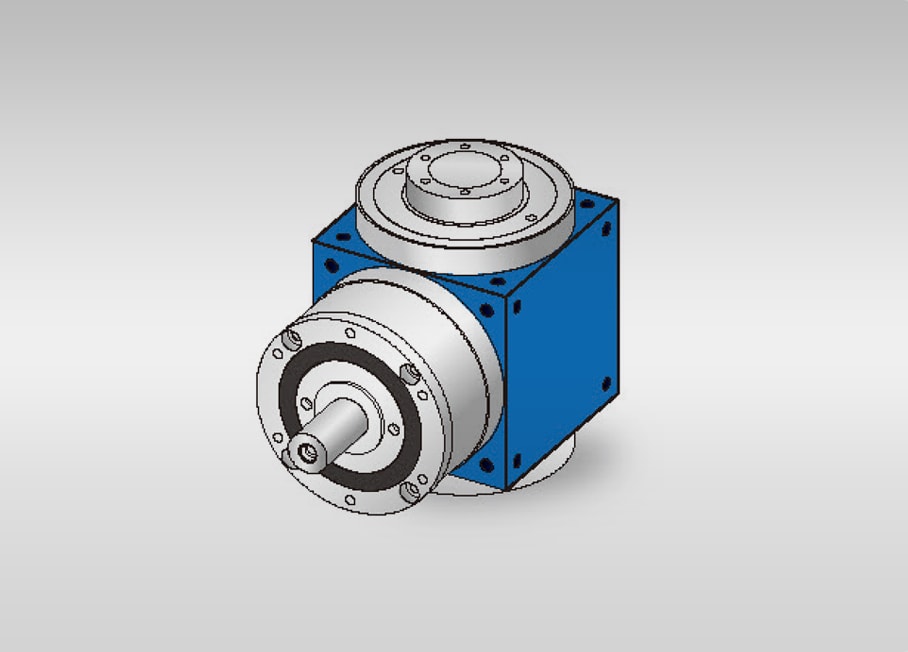

Comment ( )